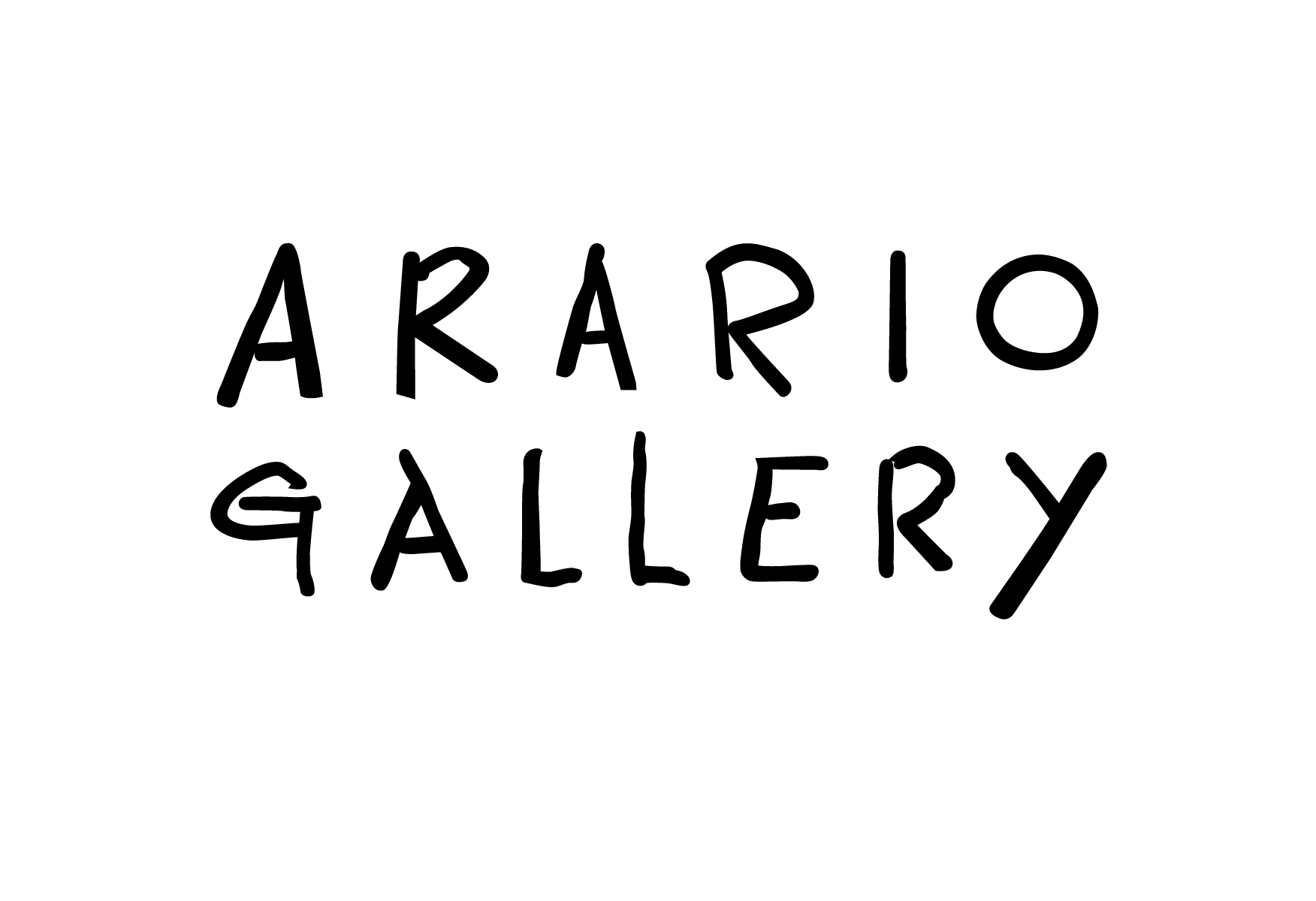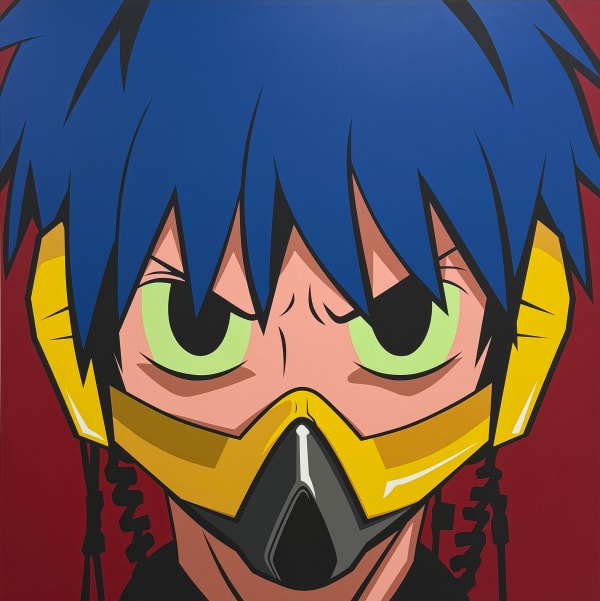Aokizy: Ranpo: SOLO EXHIBITION
ARARIO GALLERY is delighted to present the solo exhibition Ranpo by Korean artist Aokizy at its Shanghai space, opening on November 11, 2025. Showcasing recent paintings and sculptures, the exhibition unfolds Aokizy’s distinctive visual language, inviting a profound exploration of East Asian cultural hybridity and identity in the context of today’s image-saturated digital era.
The title Ranpo, inspired by Japanese mystery novelist Edogawa Ranpo—a creative transliteration of Edgar Allan Poe—evokes themes of cultural transformation and identity reconstruction, while its literal meaning, “chaotic steps,” vividly captures the disoriented psychological state of navigating a labyrinth of images in contemporary life.
Aokizy‘s practice engages in an archaeological dissection of manga as a highly codified “visual-emotional grammar system.” The intense outcry in battle shonen manga favored by the artist, or the dramatic shock often depicted, are not mere depictions of reality but replicable visual tools designed for efficient emotional transmission, bypassing language and culture to strike directly at the viewer’s emotional core. By stripping away narrative, blurring features, and employing blank backgrounds, Aokizy freezes, magnifies, and isolates these once-vibrant expressions, exposing their utilitarian and industrial essence.
In this sense, Aokizy transcends the role of a mere critic of manga subculture, emerging as a dissector of modern visual communication mechanisms. He unearths the underlying logic of mass visual culture—how emotions are simplified, categorized, and packaged into rapidly consumable symbolic products. The “emotional skeletons” he presents become a profound philosophical metaphor: in our era, the expression and experience of emotion are increasingly modularized, symbolized, and transformed into consumable spectacles.
Drawing inspiration from the imagery of Edogawa Ranpo’s novels, Korean webtoons, and other diverse cultural sources, Aokizy simultaneously delves into his self-constructed image system. In this context, Ranpo represents not only a creative method oscillating between “external sampling” and “self-sampling” but also a stance responding to cultural hybridity. The exhibition’s landing in Shanghai is a natural extension of this perspective. As a modern metropolis shaped by historical cultural confluence, Shanghai’s complex identity, forged since the modern era, resonates subtly with Korea’s multilayered cultural fabric, together reflecting shared experiences of modernity across East Asia. Especially as the very concept of “manga” grows increasingly blurred, we must not only question the existence and significance of cultural boundaries but also probe the extent to which these transnational cultural forms bear the unspoken collective memories and historical weight of the entire East Asian region.































